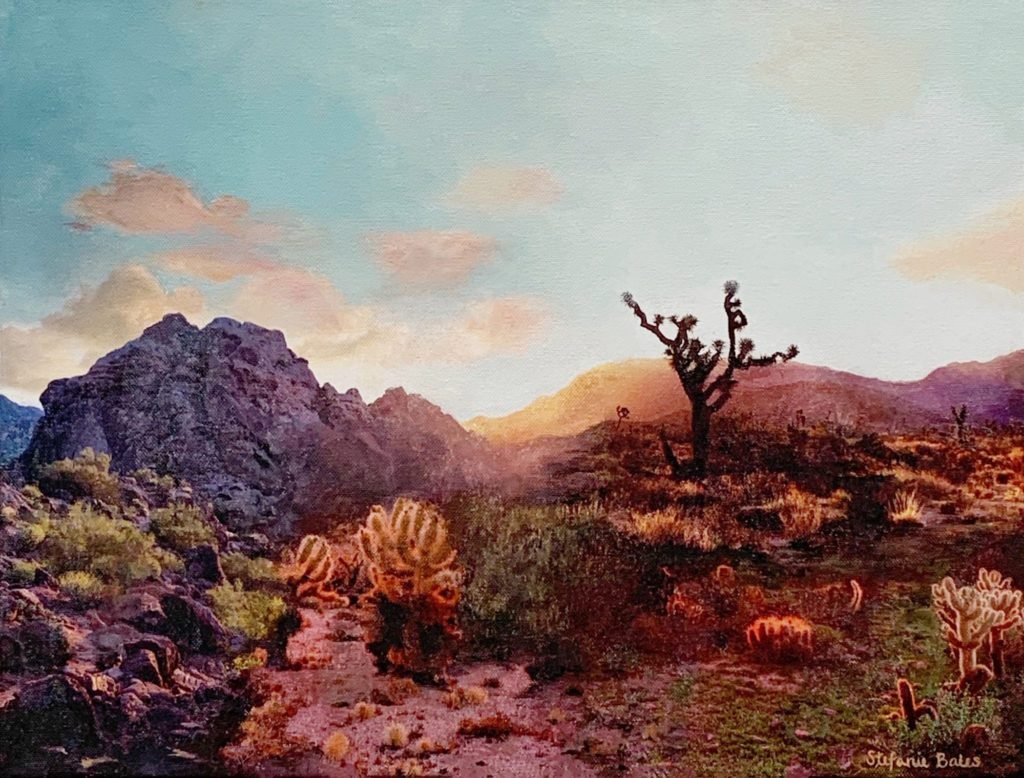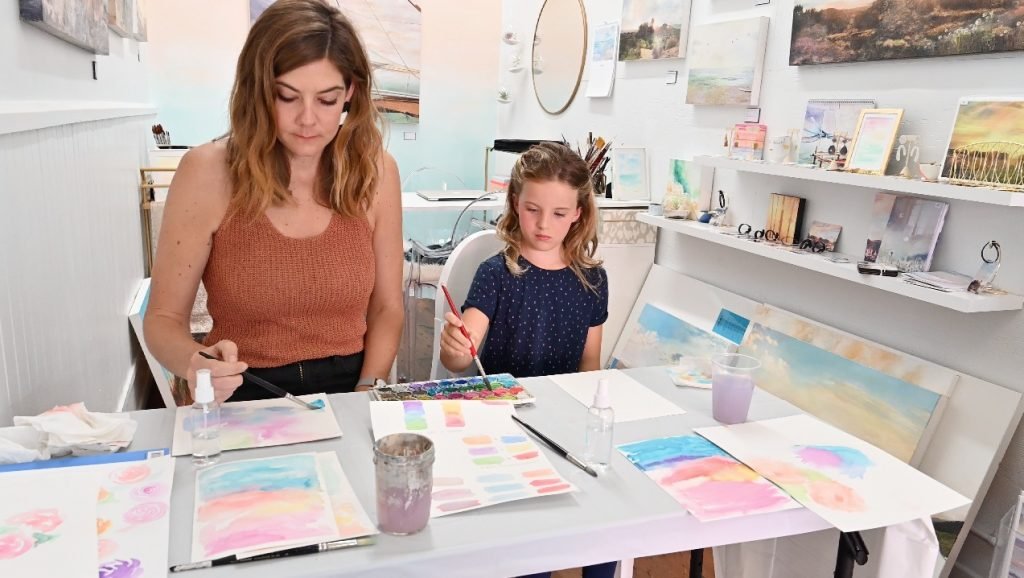by Janelle Schroy
It’s simple, really. What gets measured is what gets done. Supposedly, school test scores (aka, what gets measured) is the standard proof that education is happening. Want to increase the school’s funding? Step One: Cut arts and music education. Step Two: Replace it with more emphasis in math and literacy.
Art is just art, right? Non-measurable in any real way. Not a guaranteed ticket to a livable income. When it comes down to it, we REALLY send kids to school to get their reading, writing and arithmetic in the bag. If they get the “extras” such as art and music, well, lucky them. Non-essential. Extra. Superfluous.
I jest. Of course.

ARTS EDUCATION IN CRISIS
Our policymakers are in tough position, though, when it comes to funding arts programs. Standardized testing (at least in the US) focuses heavily on literacy with little to no measurement of a student’s creative or social abilities. Yet obviously, policymakers are required to have clear evidence of the impact of programs in order to make decisions about what to fund.
So those who are advocating for more money to be directed toward to arts education need large-scale studies to be conducted which investigate the impact of the arts for K-12 kids, but very few of these studies have ever been done. If advocates can’t prove that arts drive up the art and literacy scores on standardized test, than they most likely won’t allocate money to arts and music programs. But maybe that’s the wrong measurement.

The Brookings Institution is a nonprofit organization, based in Washington, DC, whose mission is to conduct in-depth research that leads to new ideas for solving problems facing society at the local, national and global level. They bring together leading experts in government and academia from all corners of the world to compile the best possible research, policy recommendations, and analysis on a wide range of public policy issues – including the impact of arts education.
Brookings conducted the first ever large-scale, randomized controlled trial study of a city’s collective efforts to restore arts education through community partnerships and investments. In their recent article, New evidence of the benefits of arts education, they revealed their findings, including:
- Substantial increase in arts educational experiences has remarkable impacts on students’ academic, social, and emotional outcomes.
- Engaging with art is ESSENTIAL to the human experience.
- Arts participation is related to behaviors that contribute to the increased civic engagement, and greater social tolerance.


ART IS ESSENTIAL
Art is ESSENTIAL to the human experience. Essential. From the moment a toddler can hold a crayon, they start creating art. It’s part of how they make connections to the world around them. It’s one way they empathize with fellow humans. It’s an avenue to express emotion and capture ideas. And yet when they get to be school-aged, the opportunity to create art as part of their regular school day diminishes more and more each year.
We find that a substantial increase in arts educational experiences has remarkable impacts on students’ academic, social, and emotional outcomes.
Brookings Institution
ARTISTS AS MENTORS

So the question for us as parents is – regardless of the school situation – how can WE carve out space and time for our kids to be exposed to great art and how can our kids get to know artists as friends and mentors?
Many parents opt for extracurricular weekly classes, which is needed for kids to learn deep technique to grow their own skills. But perhaps that could be enhanced by creating a wide exposure to a variety of art styles while also getting to know artists themselves. This can be done in any city anywhere in the world. Wherever you are, artists are there too.


Reagan is an eight year old who has been an aspiring artist from the time she was very little. She loves to try all forms of art with deep enthusiasm. This month, Reagan and left her hometown with her family to travel full time as she tours 100 cities in 50 countries. As she travels, Reagan is building a network of friends who are artists. In each city, she spends half day with a local artist, learning and growing alongside them.
Not every kid gets this opportunity, so Reagan has a film team with her, capturing her experiences and putting them into five minute videos for parents and kids to watch together and learn alongside her.

The first city on Reagan’s tour is San Diego, California, where she was welcomed by Stefanie Bales in her downtown art studio and gallery. Stefanie Bales is a San Diego based contemporary artist specializing in fine art painting, modern interiors, murals, and commissioned based / collaborative art. Stefanie graciously spent time sharing with Reagan how she curates her own fine art gallery and how she balances being a working artist and an entrepreneur.
SHARING THE JOURNEY
See this video of Stefanie and Reagan painting with watercolor together. Reagan will never forget the impact of these few hours with Stefanie.
I can’t believe an artist as important as Stefanie Bales would spend time with a normal kid like me, but, you know … I’ll never forget it. I learned so much from her, and I’ll love watercolor for the rest of my life.
Reagan Schroy, Travel Journalist

To see more of Stefanie’s work, visit her Website and follow her on Instagram.

